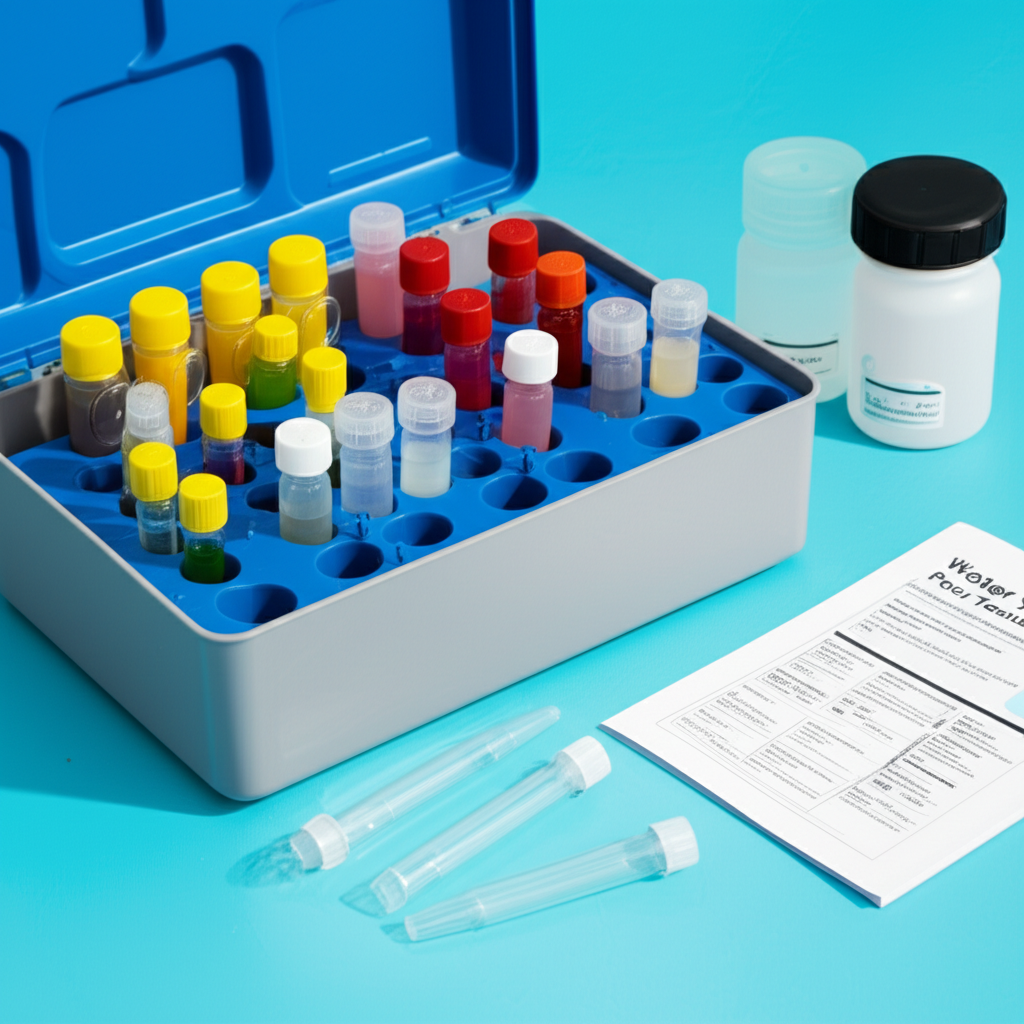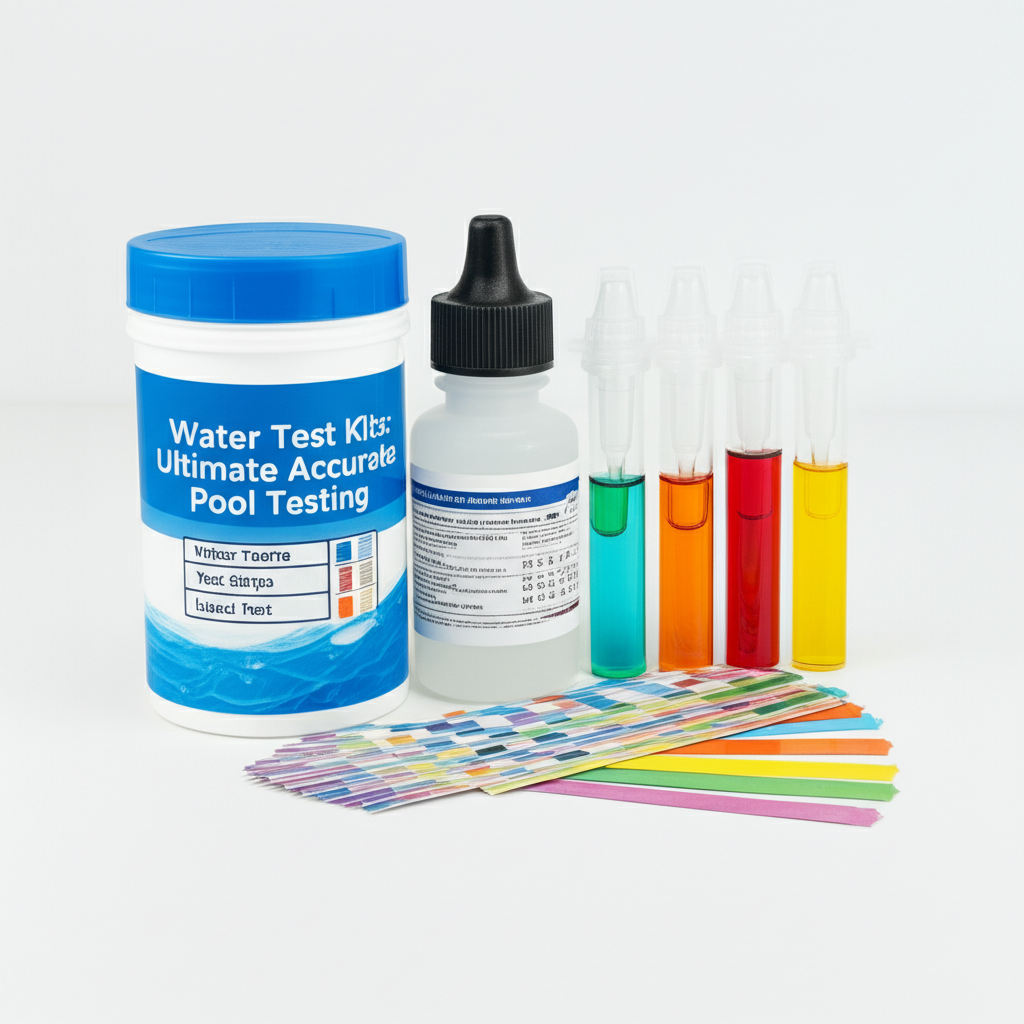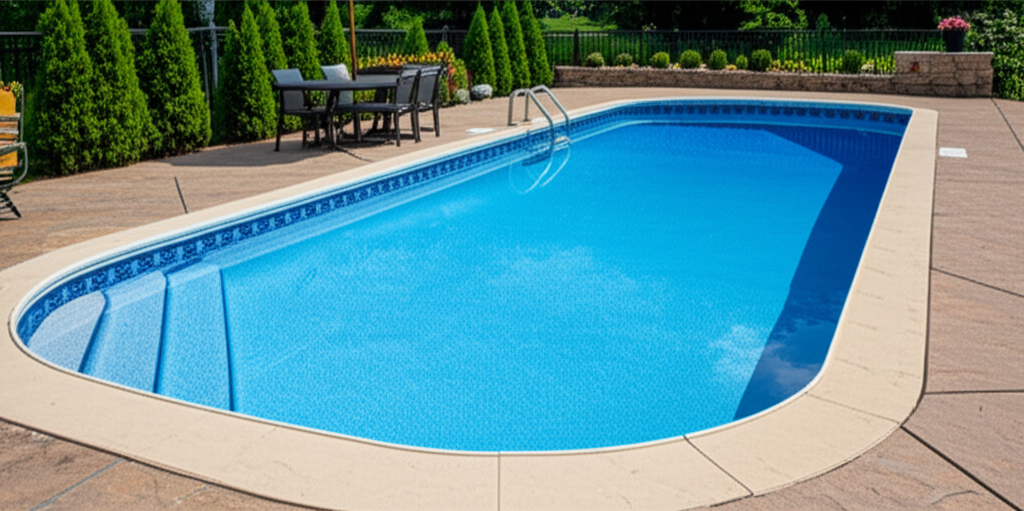- Why Accurate Pool Testing is Non-Negotiable
- Understanding Your Pool's Core Chemical Parameters
- Types of Water Test Kits: Choosing Your Precision Tool
- Test Strips: Quick and Convenient Pool Testing
- Liquid Test Kits: The Gold Standard for Accurate Pool Testing
- Digital Pool Testers
- Achieving Ultimate Accuracy with Your Water Test Kits
- The Foundation of a Flawless Pool
Water Test Kits are the undisputed cornerstone of pristine pool maintenance, providing the essential tools to ensure your swimming water is not only crystal clear but, more importantly, perfectly balanced and safe for everyone to enjoy. Without accurate and regular testing, pool owners are essentially operating blind, risking anything from cloudy water and frustrating algae blooms to serious health hazards and expensive damage to their pool equipment. Understanding the nuances of pool chemistry and utilizing the right testing methods is key to unlocking the ultimate in pool water quality.
Why Accurate Pool Testing is Non-Negotiable
A swimming pool is a complex ecosystem. Various factors like bather load, environmental debris, sunlight, and the chemicals you add constantly shift its delicate pH and sanitation levels. Accurate pool testing isn’t just about avoiding green water; it’s fundamental to:
1. Bather Safety: Unbalanced water can lead to skin and eye irritation, respiratory issues, and allow harmful bacteria and pathogens to thrive, posing significant health risks. Correct chlorine levels are vital for sanitization, while proper pH prevents skin discomfort.
2. Equipment Longevity: Water that is too acidic (low pH) can corrode liners, pumps, heaters, and other metal components. Conversely, excessively alkaline water (high pH) leads to scaling, which can clog filters, pipes, and reduce the efficiency of your equipment, ultimately shortening its lifespan.
3. Water Clarity & Aesthetics: Nobody wants to swim in murky or cloudy water. Proper chemical balance ensures effective filtration and prevents the growth of unsightly algae and other contaminants, keeping your pool inviting and appealing.
4. Cost Efficiency: Regular and accurate testing helps you apply chemicals precisely, avoiding over-dosing (which wastes money and can harm the pool) or under-dosing (which leads to more problems and expensive fixes down the line).
Understanding Your Pool’s Core Chemical Parameters
To perform accurate pool testing, you need to understand what you’re testing for. The most critical parameters include:
pH: Measures the acidity or alkalinity of the water (ideal range: 7.4-7.6). Too low or high affects sanitizer effectiveness and bather comfort.
Free Chlorine (FC): The active sanitizer in your water that kills bacteria and algae (ideal range: 1-3 ppm for most pools, up to 5 ppm for active pools).
Total Alkalinity (TA): Acts as a buffer to stabilize pH, preventing drastic swings (ideal range: 80-120 ppm).
Calcium Hardness (CH): Measures the amount of dissolved calcium in the water, essential for preventing plaster etching or scaling (ideal range: 180-220 ppm for plaster; 150-250 ppm for vinyl/fiberglass).
Cyanuric Acid (CYA): Stabilizes chlorine from UV degradation, but too much can reduce chlorine effectiveness (ideal range: 30-50 ppm).
Types of Water Test Kits: Choosing Your Precision Tool
When it comes to Water Test Kits, pool owners have several options, each with its own advantages and limitations.
Test Strips: Quick and Convenient Pool Testing
Test Strips are perhaps the most popular and user-friendly option for routine pool monitoring. They consist of small paper or plastic strips with pads treated with reagents that change color when exposed to pool water.
Pros: Incredibly fast and easy to use – just dip, wait a few seconds, and compare colors to a chart. They are also highly affordable and readily available, making them ideal for daily or near-daily checks.
Cons: Less precise than other methods. The color comparison can be subjective, especially for those with color blindness or in poor lighting. They can also be susceptible to environmental factors like humidity or heat if not stored properly, affecting their accuracy.
Liquid Test Kits: The Gold Standard for Accurate Pool Testing
Often referred to as drop kits, Liquid Test Kits are widely considered the gold standard for accuracy in home pool testing. These kits involve adding a specific number of liquid reagents (drops) to measured samples of pool water, causing a color change that is then compared to a precise color chart.
Pros: Offer superior accuracy and reliability compared to test strips. They often cover a wider range of parameters and provide more granular readings. Many kits allow for testing of chlorine, pH, alkalinity, and often more specialized tests like CYA or hardness.
* Cons: Can be more time-consuming and involve more steps, including careful counting of drops and rinsing of vials. Incorrect drop counts or expired reagents can compromise results. They also require more careful handling and storage to prevent reagent contamination or degradation.
Digital Pool Testers
While not a core keyword, it’s worth mentioning digital testers for their role in providing highly accurate, often numerical, readings. These sophisticated devices eliminate the subjective color comparison, offering a clear digital display for various parameters. They are generally more expensive but provide unparalleled precision and ease of reading.
Achieving Ultimate Accuracy with Your Water Test Kits
Regardless of the type of kit you choose, mastering accurate pool testing requires more than just dipping a strip or adding drops.
1. Follow Instructions Meticulously: Each kit comes with specific guidelines on how to collect samples, how long to wait, and how to interpret results. Deviate, and your readings will be inaccurate.
2. Regularity is Key: Test your pool water at least 2-3 times a week, and more frequently during heavy use, after a storm, or if you notice any changes in water quality.
3. Proper Sample Collection: Collect water from elbow-depth, away from skimmers or return lines, to get a representative sample of the main body of water.
4. Optimal Lighting (for color comparisons): When using strips or liquid kits, always compare colors in natural daylight, avoiding direct sunlight or artificial light that can distort perceptions.
5. Act on the Results: Testing is only half the battle. Understand what your results mean and how to properly adjust your chemical levels accordingly. Always add chemicals in small increments, retesting after a few hours or a day to confirm balance.
6. Store Kits Properly: Keep all Water Test Kits, especially test strips and liquid reagents, in a cool, dark, dry place, sealed tightly to prevent degradation. Check expiration dates and replace reagents or strips annually, or as recommended by the manufacturer.
The Foundation of a Flawless Pool
Investing in high-quality Water Test Kits and committing to regular, accurate testing is arguably the most impactful thing any pool owner can do. It’s the proactive measure that prevents problems before they escalate, ensures a healthy and safe swimming environment, and protects your significant investment in your pool. By embracing the power of precise pool testing, you ensure your aquatic oasis remains sparkling, safe, and eternally inviting.




